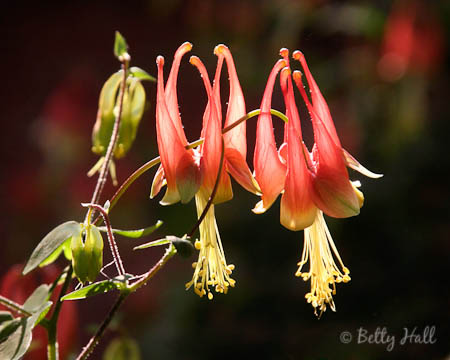I’m happy to say my latest caterpillars are growing rapidly and are well on their way to becoming chrysalises. They are eleven and twelve days old and about an inch long. I think they are a neat study in contrast.
The Monarch caterpillar (Danaus plexippus) is quite colorful with its yellow, black, and white stripes.
The Pipevine Swallowtail caterpillar (Battus philenor) is velvety black with distinctive orange spots. It looks prickly with black spikes that might scare a predator, but these spikes are quite soft to the touch.
I’m surprised at how much I enjoy tending the caterpillars and watching them grow. As long as I keep them supplied with fresh food and shake the droppings from their cage, they appear to be healthy and happy.
Caterpillars are often referred to as ‘voracious eating machines’ and as they get larger that’s especially true. I’m glad I have plenty of milkweed and pipevine. These are the only plants these caterpillars can eat and without them they would starve. Without milkweeds there would be no Monarchs, and without pipevines there would be no Pipevine Swallowtails.
I expect that within a week these caterpillars will make chrysalises – their next stage in becoming butterflies. I find it an amazing and fun journey to watch.









